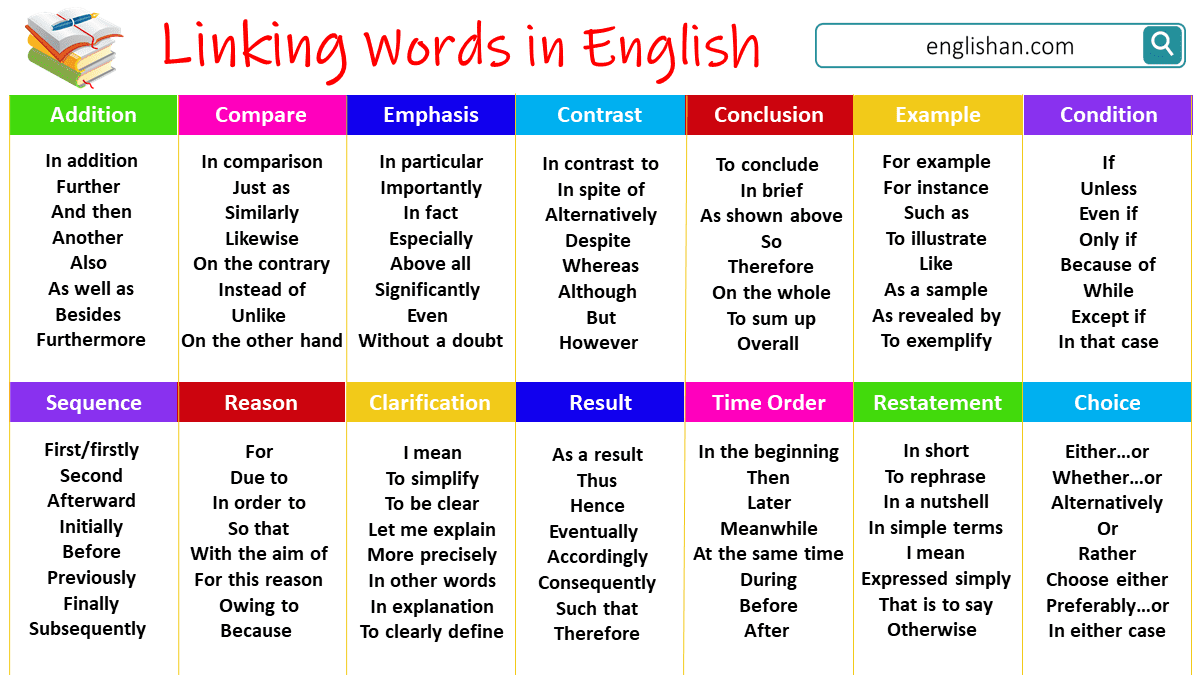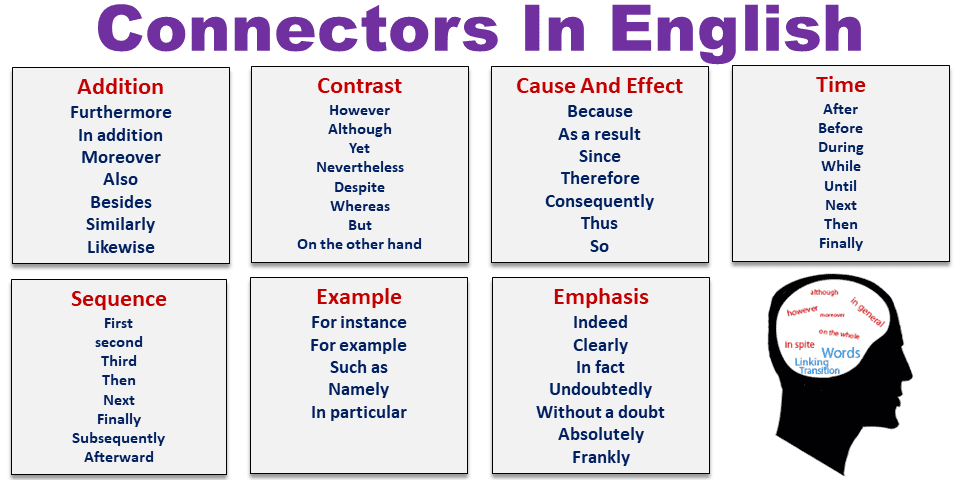Contents
Pronouns are words that replace nouns, like people, animals, or things, in a sentence. There are different types of pronouns, and two of them are Reflexive and Intensive Pronouns. Reflexive pronouns, such as ‘myself,’ ‘yourself,’ and ‘ourselves,’ refer back to the subject of a sentence and often indicate self-action. Intensive pronouns, like ‘himself,’ ‘herself,’ and ‘themselves,’ emphasize the noun they replace, making it more prominent in a sentence. In this article, we will explore the functions, usage, and examples of Reflexive and Intensive Pronouns which are also called emphatic pronouns in detail.
What Are Reflexive Pronouns?
Reflexive pronouns are words that we use when the subject and the object of a sentence are the same person or thing. They show that the action is being done to oneself. For example, in the sentence “She dressed herself,” “herself” is the reflexive pronoun because it refers back to the subject “she” doing the action of dressing. Here “she” is both the doer of the action (dressing) and the receiver (she dressed herself). There are eight common reflexive pronouns in English:
- myself
- yourself
- himself
- herself
- itself
- ourselves
- yourselves
- themselves
These pronouns help us avoid repetition in sentences and emphasize that the subject is performing the action on themselves. They are formed by adding “-self” (singular) or “-selves” (plural) to the appropriate pronoun and change depending on the person and number of the subject:
| Person & Number | Personal Pronoun | Reflexive Pronoun |
|---|---|---|
| 1st person singular | I | Myself |
| 2nd person singular | You | Yourself |
| 3rd person singular (masculine) | He | Himself |
| 3rd person singular (feminine) | She | Herself |
| 3rd person singular (neutral) | It | Itself |
| 1st person plural | We | Ourselves |
| 2nd person plural | You | Yourselves |
| 3rd person plural | They | Themselves |
| Impersonal | One | Oneself |
What Are Intensive Pronouns?
Intensive pronouns are words that we use to give extra emphasis to a noun or pronoun in a sentence. They don’t change the meaning of the sentence but make it stronger by highlighting a particular person or thing. They are always preceded by a noun or pronoun that they emphasize. Intensive pronouns often end in “-self” or “-selves” just like reflexive pronouns do.
For example, in the sentence “I myself saw the accident,” “myself” is an intensive pronoun. It’s not necessary for the meaning of the sentence; “I saw the accident” would be enough. But by adding “myself,” it emphasizes that it was me who saw the accident, not someone else.
Intensive pronouns are the same words as reflexive pronouns but used differently in a sentence. They emphasize or intensify the subject rather than reflect the action back to it. Common intensive pronouns include:
| Personal Pronoun | Intensive Pronoun |
|---|---|
| I | Myself |
| You | Yourself |
| He | Himself |
| She | Herself |
| It | Itself |
| We | Ourselves |
| You | Yourselves |
| They | Themselves |
| One | Oneself |
Reflexive and Intensive Pronouns Difference
Here are the key differences between reflexive and intensive pronouns:
- Function: Reflexive pronouns reflect the action back to the subject, while intensive pronouns emphasize or intensify a noun or pronoun.
- Purpose: Reflexive pronouns clarify the subject is also the object of the action; intensive pronouns add emphasis without changing meaning.
- Usage: Reflexive pronouns are used when the subject acts on itself; intensive pronouns highlight specific nouns or pronouns.
- Placement: Reflexive pronouns typically come immediately after the subject and before the verb, while intensive pronouns follow the noun or pronoun they emphasize.
- Necessity: Reflexive pronouns are essential for clear meaning; intensive pronouns are optional for emphasis.
- Forms: Reflexive pronouns include “myself,” “yourself,” “himself,” “herself,” “itself,” “ourselves,” “yourselves,” and “themselves,”; intensive pronouns are the same forms used for emphasis.
- Clarity: Reflexive pronouns avoid ambiguity by showing self-action; intensive pronouns enhance clarity by drawing focus.
- Effect on Meaning: Reflexive pronouns change meaning; intensive pronouns intensify without changing meaning.
Reflexive and Intensive Pronouns Uses
Here are the uses of reflexive and intensive pronouns:
Reflexive Pronouns:
- Reflexive pronouns are used when the subject and the object in a sentence refer to the same person or thing.
- They show that the action of the verb reflects back on the subject.
- They often replace the noun or pronoun to avoid repetition in a sentence.
- Follows certain verbs like “enjoy,” “hurt,” “clean,” “find,” etc., where the subject and object are the same.
- For example: “She hurt herself,” “He made himself a sandwich,” “They found themselves lost.”
Intensive Pronouns:
- Intensive pronouns look the same as reflexive pronouns but are used differently.
- They are used to add emphasis or intensify a noun or pronoun in a sentence.
- Intensive pronouns are not essential to the sentence’s meaning and can be removed without changing the sentence’s structure.
- They often follow verbs like “am,” “is,” “are,” “was,” “were,” etc., to emphasize the subject.
- For example: “I myself will do it,” “She herself made the decision,” “They themselves organized the event.”
Reflexive vs Intensive Pronouns Chart
| Aspect | Reflexive Pronouns | Intensive Pronouns |
|---|---|---|
| Function | Reflects the action back to the subject. | Adds emphasis to a noun or pronoun. |
| Purpose | Indicates an action performed by the subject on itself. | Intensifies the meaning of the noun or pronoun. |
| Form | End in “-self” (singular) or “-selves” (plural). | Also end in “-self” (singular) or “-selves” (plural). |
| Optional | No (required for grammatical correctness in some cases) | Yes (can be removed without changing meaning) |
| Usage | Follows certain verbs or avoids repetition. | Often follows verbs like “am,” “is,” “are,” “was,” and “were” or emphasizes a particular noun or pronoun. |
| Forms | Myself, yourself, himself, herself, itself, ourselves, yourselves, themselves | Same forms as reflexive pronouns |
| Examples | She hurt herself. | I will do it myself. |
Reflexive and Intensive Pronouns Examples
Reflexive and Intensive Pronouns Exercises
Identify whether the underlined pronouns in the sentences below are reflexive or intensive.
- She herself designed the website.
- He cut himself while shaving.
- They themselves organized the event.
- We painted the house ourselves.
- I myself completed the entire project.
- She found herself lost in the forest.
- He prides himself on his achievements.
- They blamed themselves for the mistake.
- The cat itself opened the door.
- She burned herself while cooking.
- She cooked dinner for herself.
- They enjoyed themselves at the party.
- She bought herself a new dress.
- The child dressed himself for school.
- He talked to himself while walking.
Answers:
- Intensive
- Reflexive
- Intensive
- Reflexive
- Intensive
- Reflexive
- Reflexive
- Reflexive
- Intensive
- Reflexive
- Reflexive
- Reflexive
- Reflexive
- Reflexive
- Reflexive
FAQs:
A reflexive pronoun is used when the subject and the object of the sentence are the same person or thing.
Example:
1. I hurt myself.
An intensive pronoun is used to emphasize a person or thing in the sentence.
Example:
1. I did it myself.
In the first example, “myself” shows that I hurt me. In the second, “myself” emphasizes that I did it.
A reflexive pronoun is used when the subject of the sentence does something to itself.
Here are the reflexive pronouns:
1. myself
2. yourself
3. himself
4. herself
5. itself
6. ourselves
7. yourselves
8. themselves
Examples:
1. I hurt myself.
2. She looked at herself in the mirror.
3. We enjoyed ourselves at the park.
In these examples, the action is done by the subject to itself.
A reflexive pronoun is used when the subject does something to itself.
Example: I saw myself in the mirror.
An emphatic pronoun is used to emphasize or highlight someone or something in the sentence.
Example: The boss himself will talk to you.
In the first example, “myself” shows I saw me. In the second, “himself” emphasizes that it’s the boss who will talk to you.
Read More







